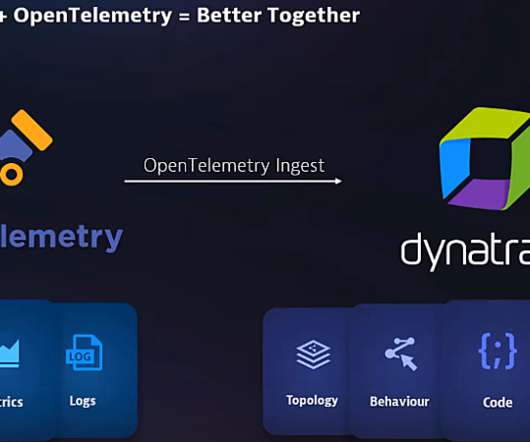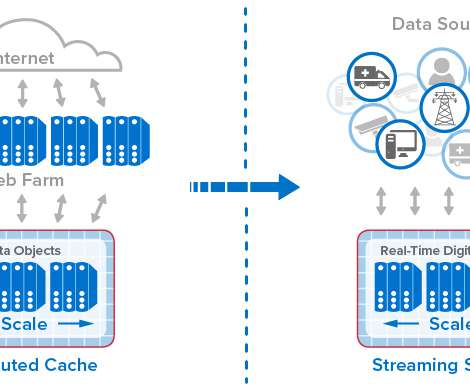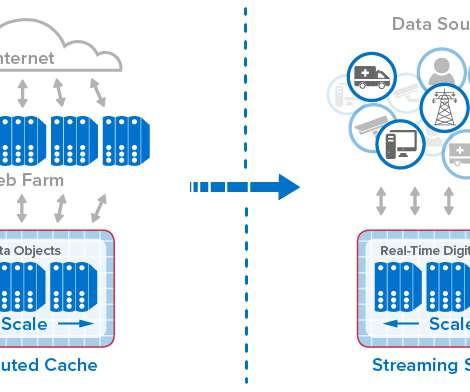Back-to-Basics Weekend Reading - A Decomposition Storage Model
All Things Distributed
SEPTEMBER 20, 2013
Traditionally records in a database were stored as such: the data in a row was stored together for easy and fast retrieval. Combined with the rise of data warehouse workloads, where there is often significant redundancy in the values stored in columns, and database models based on column oriented storage took off.
















Let's personalize your content